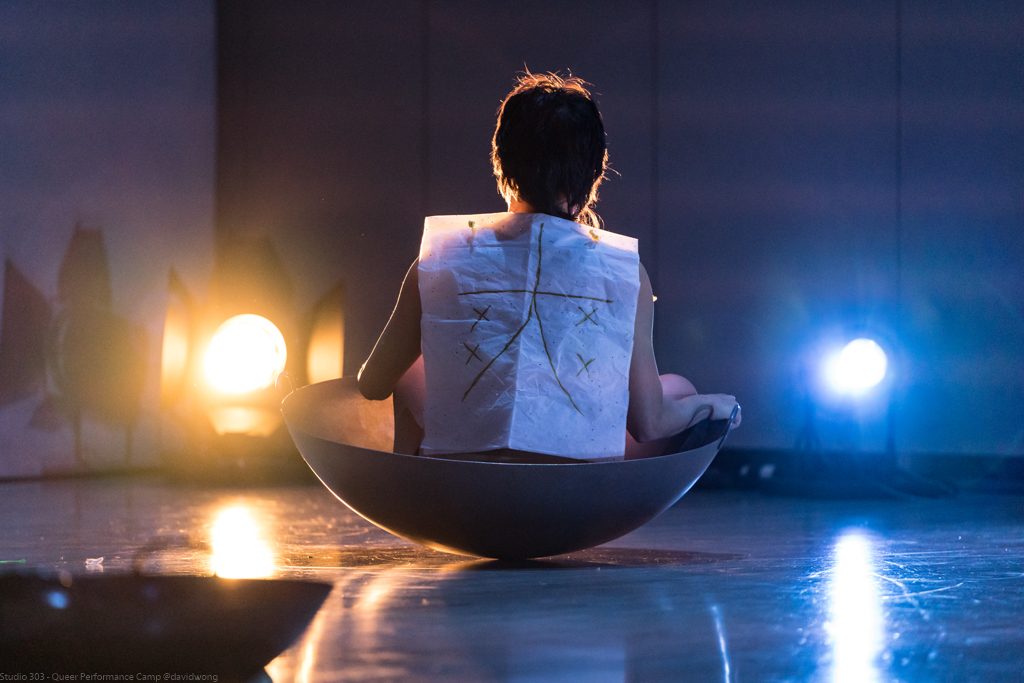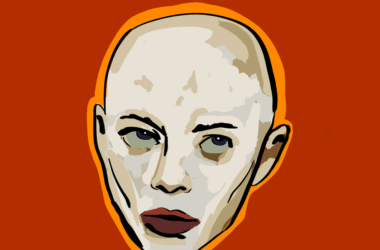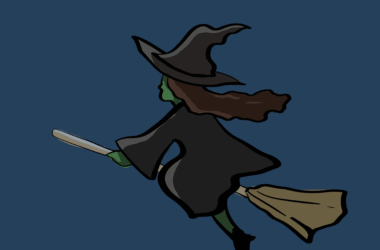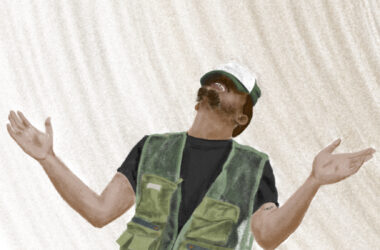When we think of dance, we often think of grace, rhythm, and elegance. In its most traditional sense, dance is a beautiful artistic expression of the body. However, dance has been challenged to push its boundaries and reach new limits. Indeed, that is the objective of contemporary dance, as realized through Winnie Ho and Charo Foo Tai Wei’s performances.
The virtual event, CanAsian Dance, was presented by Tangente, a Montreal-based contemporary dance company that encourages dance to be innovative and imaginative. The goal of CanAsian Dance, created by Festival Acces Asie, was to encourage each choreographer to create a piece that challenged them to take a new direction with their work. Through contemporary dance, the dancers experiment onstage, performing without rhythmic melodies, using a mixture of everyday sounds like raindrops for music, or even dancing in complete silence. This experimental genre seems like the most apt to adapt to this virtual context, allowing for dancers to find new ways to perform. Ho and Charo Foo successfully took on the challenge of dancing despite the absence of an in-person audience.
The first performance was Winnie Ho’s aWokening, in which she attempted to reconnect with her roots from Hong Kong. Ho’s choreography revolved around a wok, a traditional Chinese cooking instrument. The wok is special to Ho as she clutches it close to herself, and it remains attached to her while she performs. Ho’s choreography seems surprising at first, as she dances naked with a wok and with no music. However, as we learn about Ho’s approach and her connection to the Chinese diaspora, her performance becomes a deeply personal, authentic and unmediated expression of her cultural roots. During the intermission, Ho told the audience that her main challenge was to perform inside a theatre, as she has a strong spatial sensitivity and usually dances in open spaces. Ho attempted to create her own environment in the enclosed setting, considering it a new open canvas—effectively using the indoor space to convey her interior world to the viewers.
The second performance was Charo Foo’s The Golden Stick Ritual. The piece was inspired by her aunt, who practiced healing rituals throughout her childhood. Charo Foo seeks to recreate the intensity and energy her aunt possessed in her rituals, combining the technical precision of classical training with the complete fluidity of contemporary dance. In linking her background in classical Chinese dance to this new style, she defies traditional form and moves in entirely new directions. Charo Foo’s choreography imitates the healing ritual’s force through the strength of her gestures and articulate facial expressions. Her performance is a voyage through herself, a transcendent experience where Charo Foo’s different emotions—resistance, pain—are embodied in her movement. She is able to synthesize these sensations into something beautiful and to share these feelings with the public.
Through their innovative performances, Ho and Charo Foo examine their pasts and interior selves, merging these concepts of identity to form a new, innovative style. Contemporary dance does not commit to the elegance and structure that this art may provide in its conventional sense, but rather searches for a new path. Eschewing the prescriptions of grace and conventional rhythm, both dancers instead sought out inner experience for all its raw intensity, rendering emotion completely physical. Ho and Charo Foo’s performances pushed dance to transcend across cultures, across genres, and across screens.







